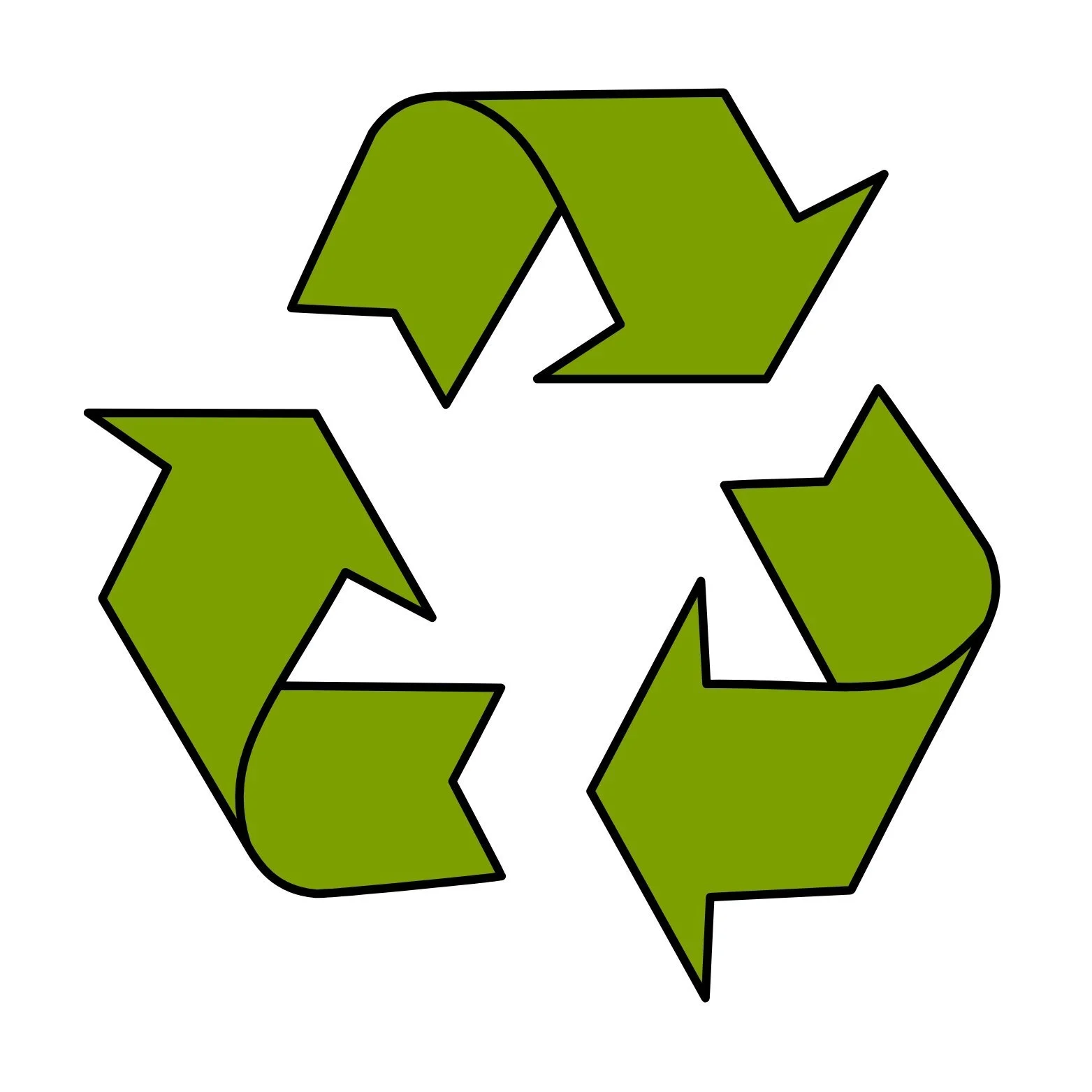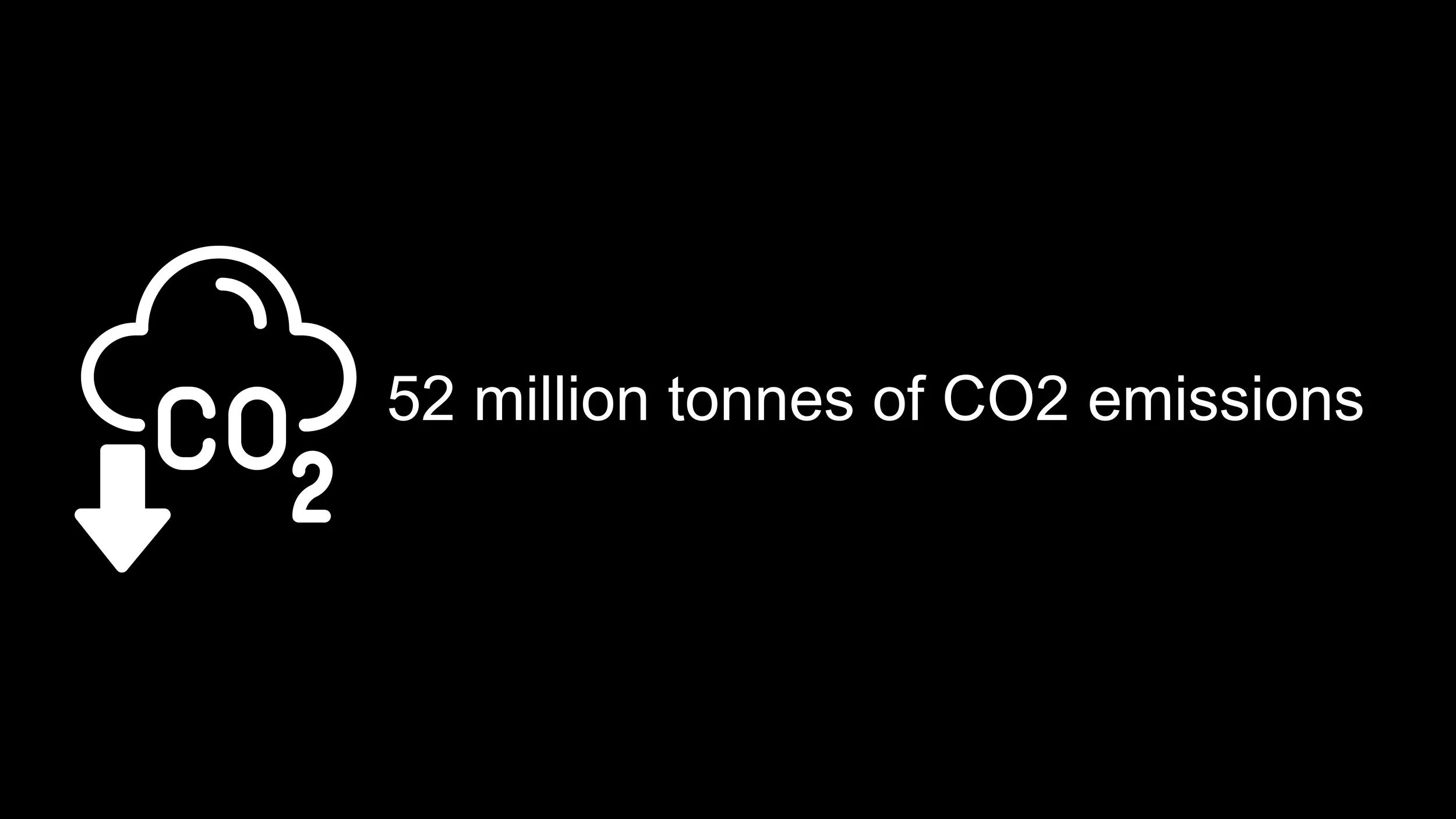
About Net Zero Pilot
In 2022, CMAC was awarded funding of £2.5million for the UKRPIF Net Zero Medicines Manufacturing Research Pilot by Research England and the Scottish Funding Council.
With procurement and impact monitoring over the period 2022 - 2027, this capital award supports CMAC’s 2021-26 Strategy and our commitment to developing sustainable processes and technologies for future medicines manufacturing.
Ambitions
Reduce emissions from travel using the latest immersive digital tools to enhance collaboration
Reduce energy consumption through energy efficient infrastructure and equipment
Reduce chemical waste through smart, intelligent, small scale experimental platforms
Achieving our ambitions
Investing in infrastucture and equipment
Monitoring our energy usage
Recognising our efforts, CMAC has been awarded bronze certification for both our main lab and our X-Ray lab at the LEAF award ceremony.

Why is this important?
Annually the pharmaceutical industry contributes significantly towards global CO2 emissions, while laboratory-based research generates around 2% to the world's plastic pollution.
The Net Zero Pilot is researching ways to help the pharma industry move towards net zero operations by focussing on 8 key areas:
Smart Experimentation
We aim to reduce our carbon emissions from ongoing medicines manufacturing research functions by introducing various experiments that enable smaller-scale, more efficient, sensitive, automated, accurate, and reproducible testing. This approach will decrease energy consumption, chemical and solvent usage, and the associated waste.
Energy Monitoring
We have installed lab-dedicated energy monitors that connect to a web app, displaying real-time energy usage across the CMAC labs and offices. This initiative raises awareness of our individual energy consumption and aims to initiate behavioral changes, such as turning off lights or shutting down equipment when not in use.
Automation
It is estimated that laboratory robotics are 1000 times faster than manual experimentation and operate with less errors. Investing in such automation equipment will not only significantly reduce our CO2 production, but also improve our research efficiency and data quality.
Cultural
We have made some changes to our workplace culture, such as:
> Waste Awareness
> In-house Lab Coat Steaming
> Disposable Lab Coat/Lab Glove Recycling
Replacement Instrumentation
We replaced equipment with newer, more energy efficient models. These newer models are more energy efficient, over 80% compared to the older instrument in some cases.
By replacing older units with more energy efficient ones we can achieve an energy saving equivalent to approximately 530 kg CO2 per year.
Infastructure
Upgraded our water purification units minimize water consumption, cutting CO2 emissions. These newer models feature bactericidal and oxidation lamps, eliminating the use of toxic mercury consumables that could end up in the environment.
By connecting the CMAC X-Ray lab to the centralized building gas system, total CO2 emissions have been reduced by 5 tonnes per year.
Digital
We have invested in new digital technologies that enable multi-site teams to collaborate innovatively on projects, fostering high engagement levels through immersive, real-time interactions while sharing live data.
Future ready workforce
We are also investing in training and skills development for our researchers to embed net zero best practice into working practice.




















